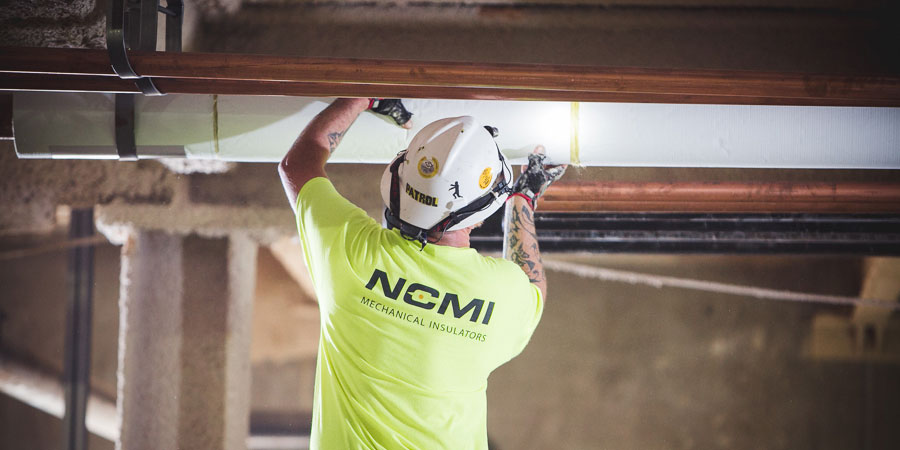faqs
How Long Will Our Natural Resources Last?
August 13, 2019

In my time as a Certified Insulation Energy Appraiser, I’ve toured countless different types of facilities and spoken with facility managers all across America. One question I always ask is, “Is management aware of any areas throughout the facility where there is uninsulated and exposed steam piping?”
The response is almost always the same:
“The vast majority is insulated, and we are not looking to insulate further.”
That answer is a big red flag to me.
When facility managers say that the “vast majority” of their piping is insulated, that means there are some sections that are uninsulated or where the insulation is missing or damaged. The thought is that a couple feet of missing insulation here and there can’t possibly make much of a difference.
However, that is simply not true! The benefits of mechanical insulation are the most effective when the entire facility is properly insulated. Even just a little bit of insulation does a lot for energy savings and reduced facility emissions.
Let’s take this hypothetical manufacturing facility as an example to demonstrate the point that a little insulation goes a long way. This scenario aligns with what I usually see on an average site visit.
Given the information above, let’s say we want to determine the heat loss of the bare steam pipe, as well as the potential energy savings and emissions reduction by installing 2” fiberglass insulation.
By running this information through the 3E Plus® computer program developed by the North American Insulation Manufacturers Association (NAIMA), we can determine heat loss, annual fuel savings, and annual emissions reduction.

Once we have run the calculation, we can see the data below:
| Heat Loss (Btu/ft/yr) | Annual Fuel Cost ($/ft/yr) | Carbon Dioxide (lbs/ft/yr) | |
| Bare 4″ Pipe | 7857 | $225 | 1569.73 |
| Insulated w/ 2″ Fiberglass | 555 | $16 | 110.88 |
| Savings | 7302 | $209 | 1459.00 |
There are two lenses through which to view the projections provided by the software. One way to interpret the data is to focus on the environmental impact. Another is to focus on the financial impact.
In this example, 1,459 lbs. of carbon dioxide is being emitted unnecessarily due to uninsulated piping. Other harmful gasses being emitted can include nitrous oxide, carbon monoxide, methane, and sulfur dioxide.
With sustainability and green initiatives becoming increasingly important for businesses of all kinds, insulation is an even more important part of the equation. Decision-makers are investing more than ever in resources to help staff more carefully manage energy use and, ultimately, control budget. In fact, many cities and states are now making it mandatory to benchmark energy use and track greenhouse gas consumption.
When it comes to meeting energy goals, every bit of insulation has an impact on overall facility results.
In this same example, uninsulated piping is costing the facility $209 per year per foot in unnecessary fuel expenses.
While this calculation only took into account one foot, there is rarely only one foot of missing or damaged insulation in a facility. Unfortunately, mechanical insulation often gets pushed to the bottom of the priority list when it comes to facility maintenance. This means that it is all too easy for large areas of piping to go uninsulated, or for the insulation to become damaged to the point where it no longer provides benefits to the facility.
In my facility walkthroughs as part of the Insulation Energy Appraisal process, by the time I add up all the sections of missing or damaged insulation, the potential cost savings totals in the thousands of dollars.
It’s time to end the misconception that a small amount of mechanical insulation doesn’t matter for overall facility energy and emissions. Small sections of missing or damaged insulation add up quickly—but properly insulating those sections contributes to significant ROI.
What patches of bare piping are you ignoring in your facility? Contact NCMI to schedule your Insulation Energy Appraisal.